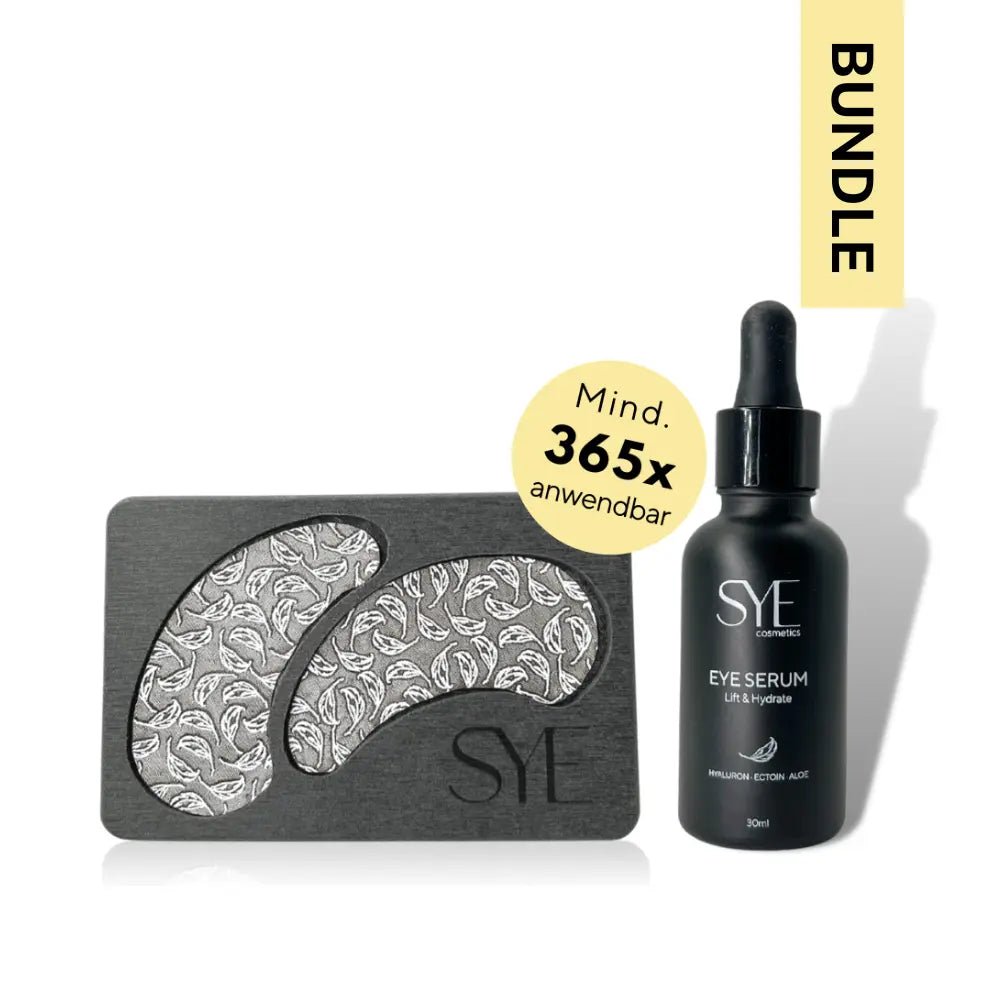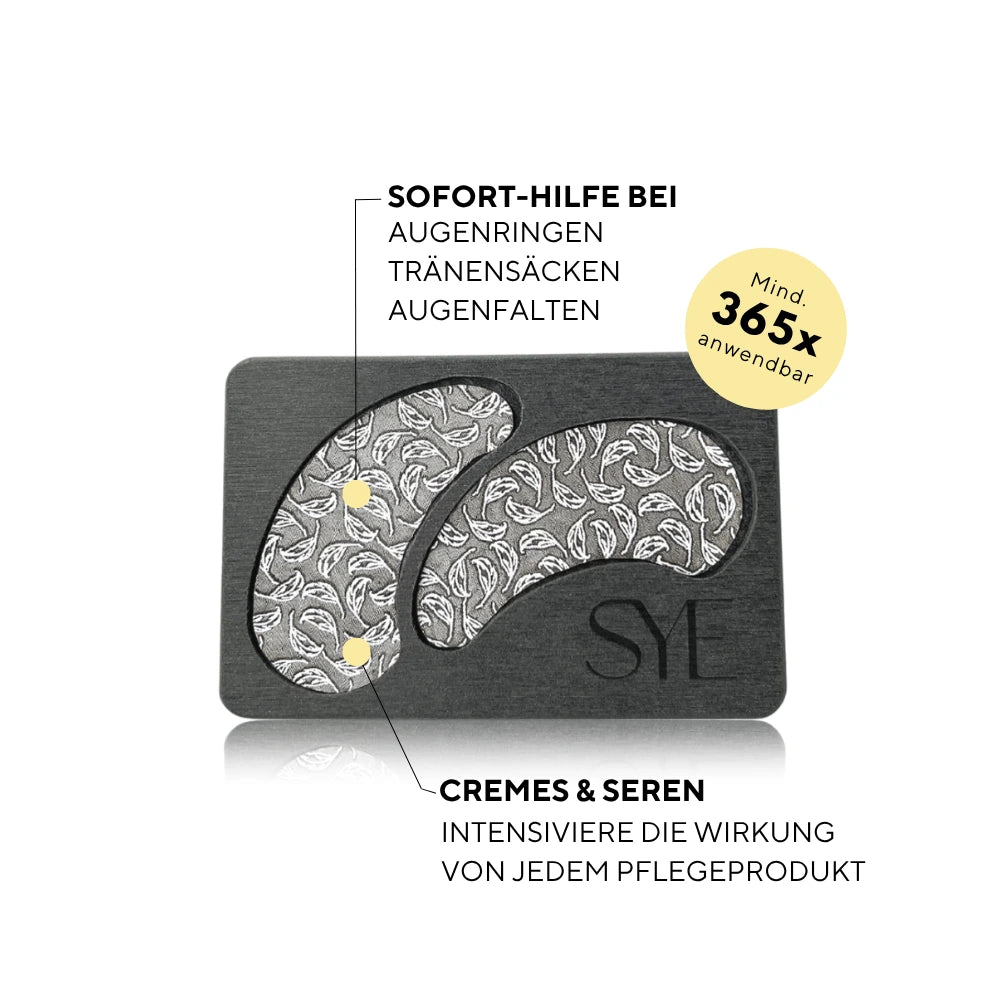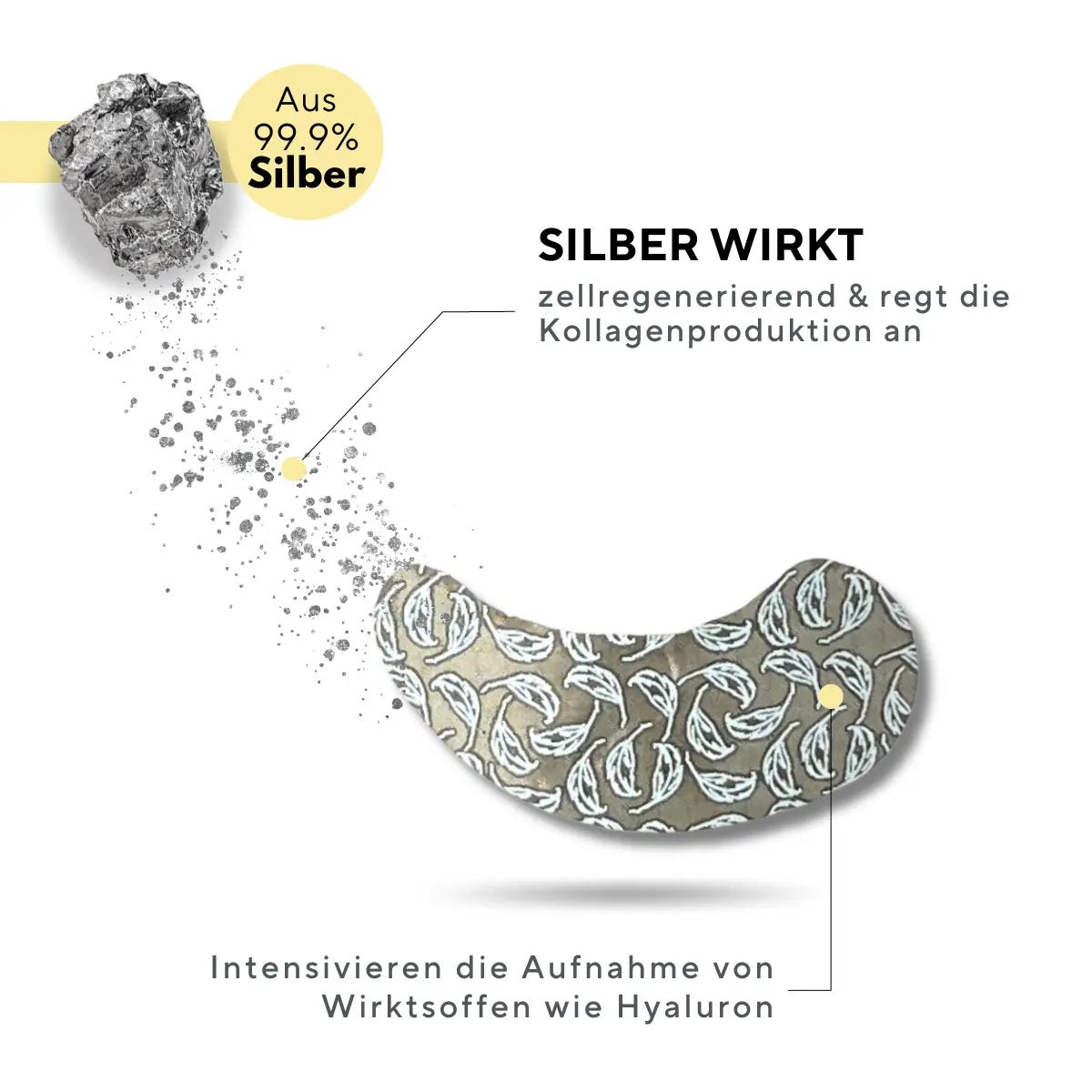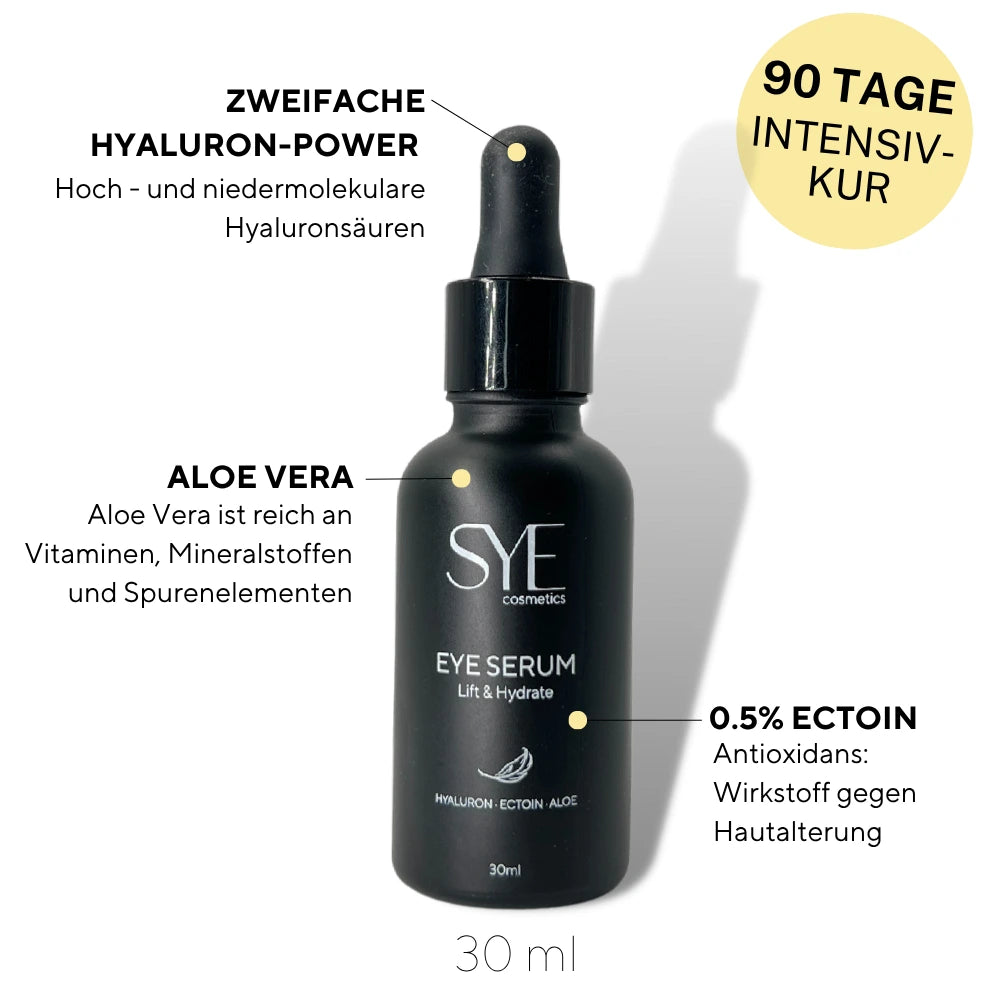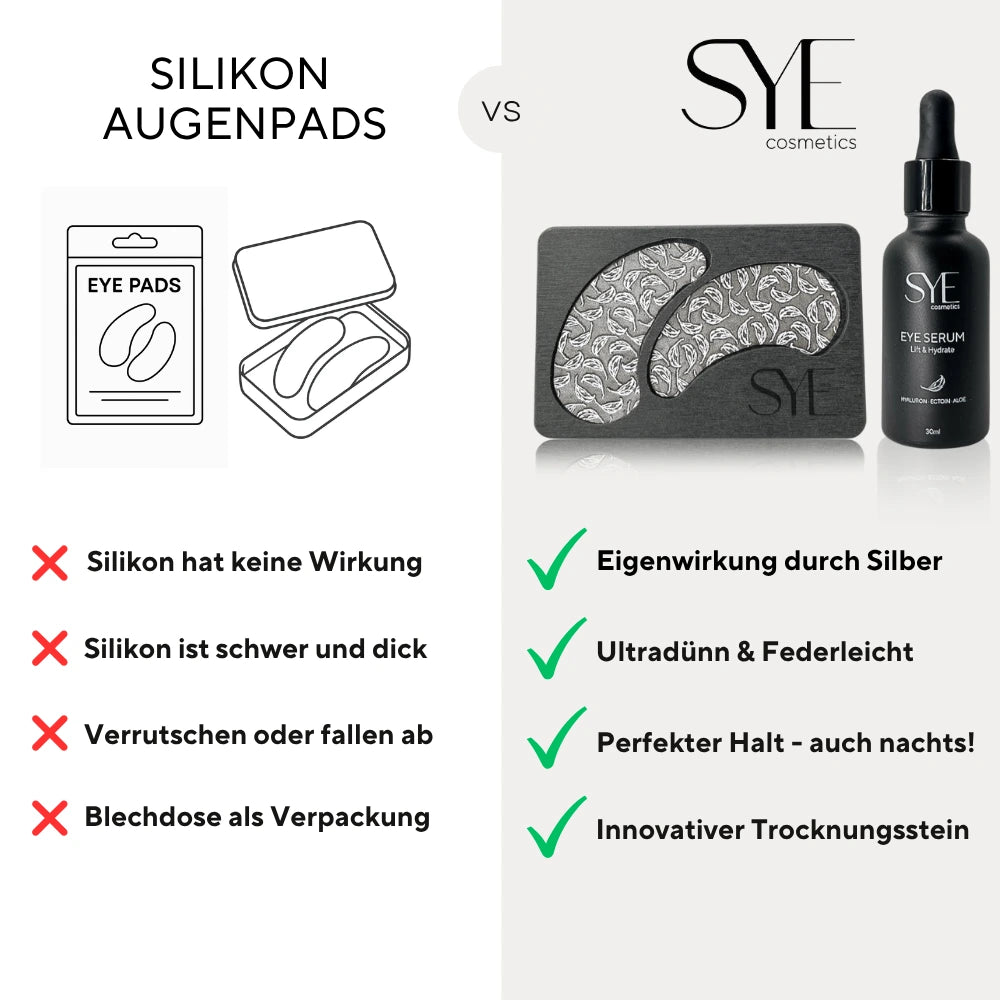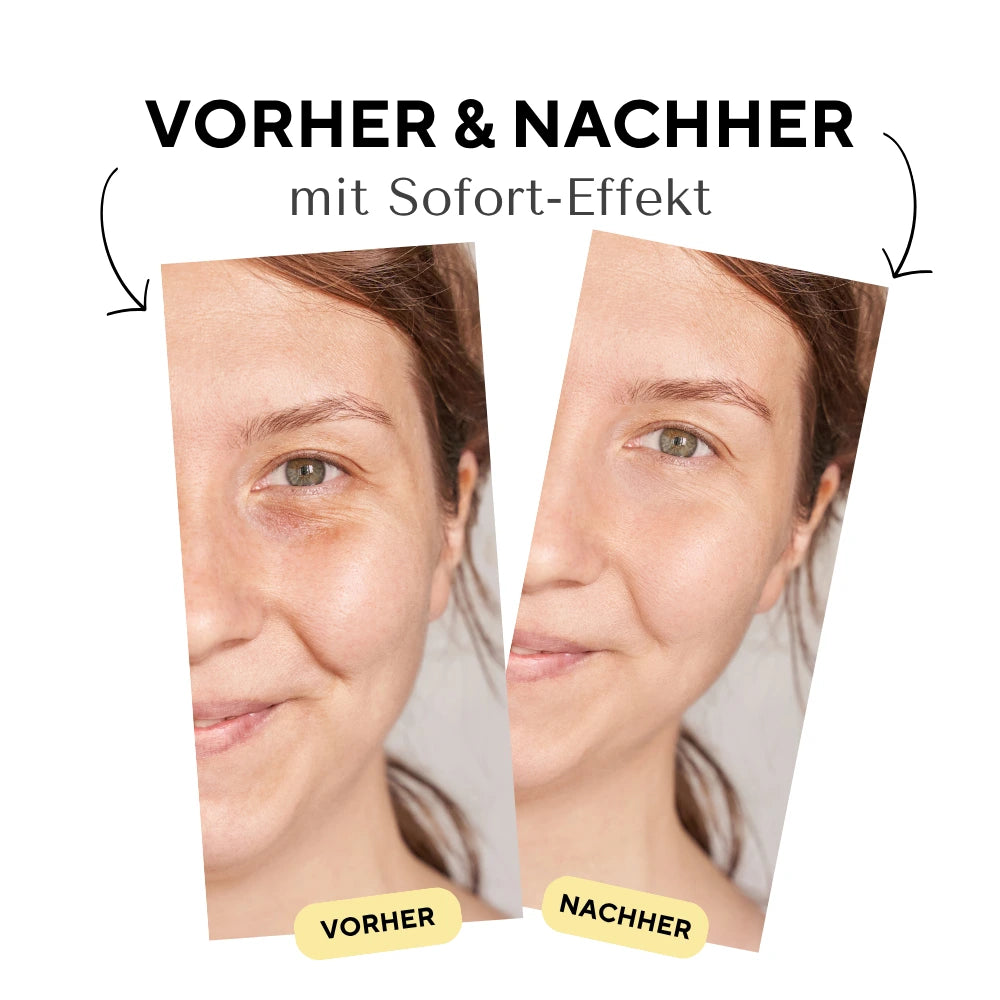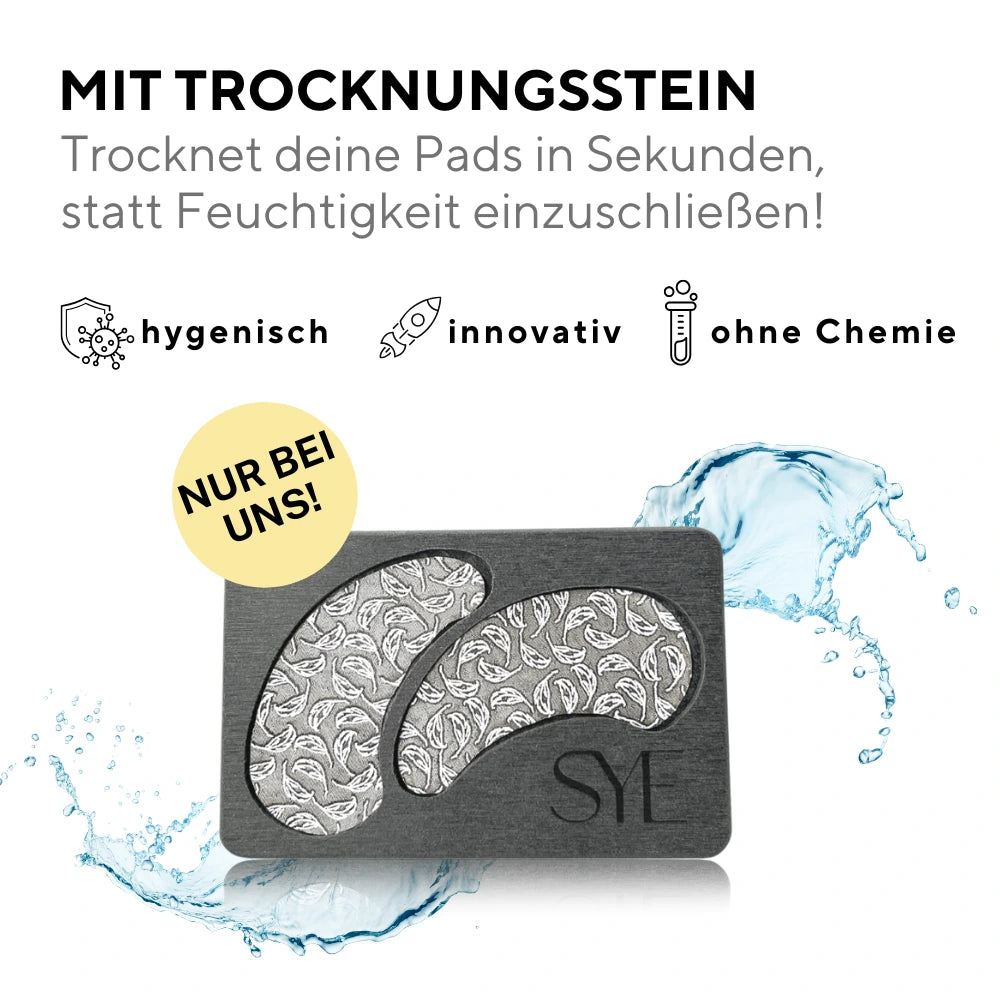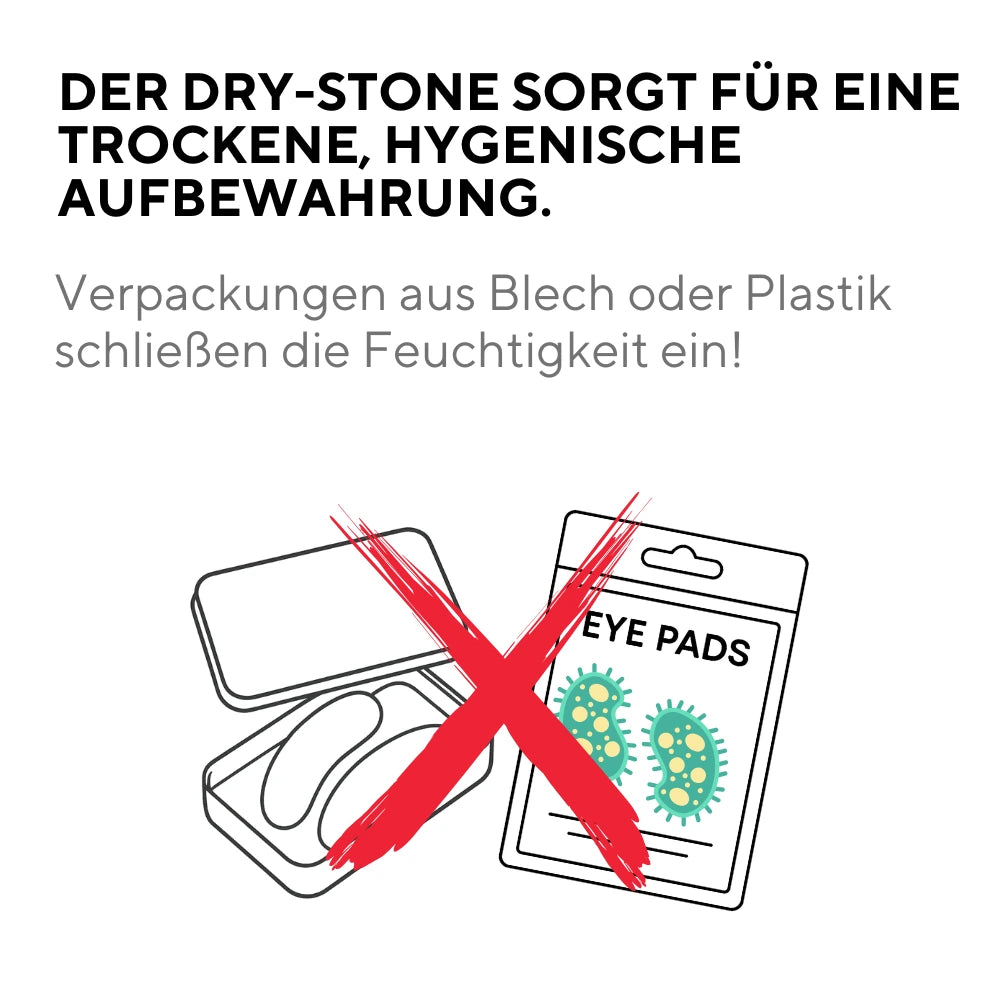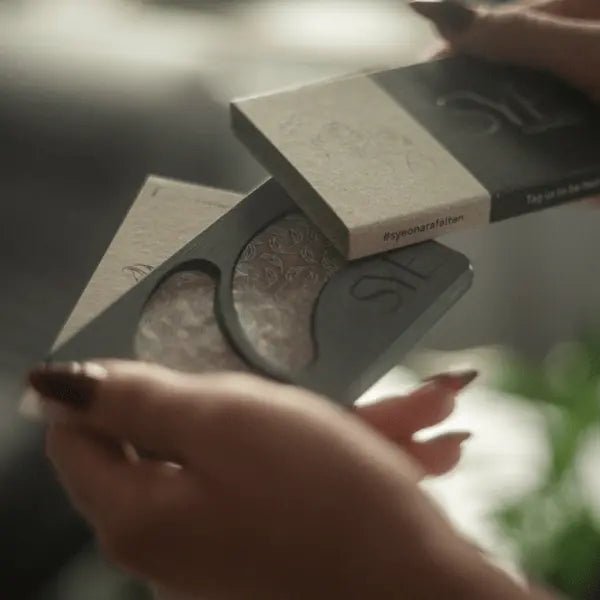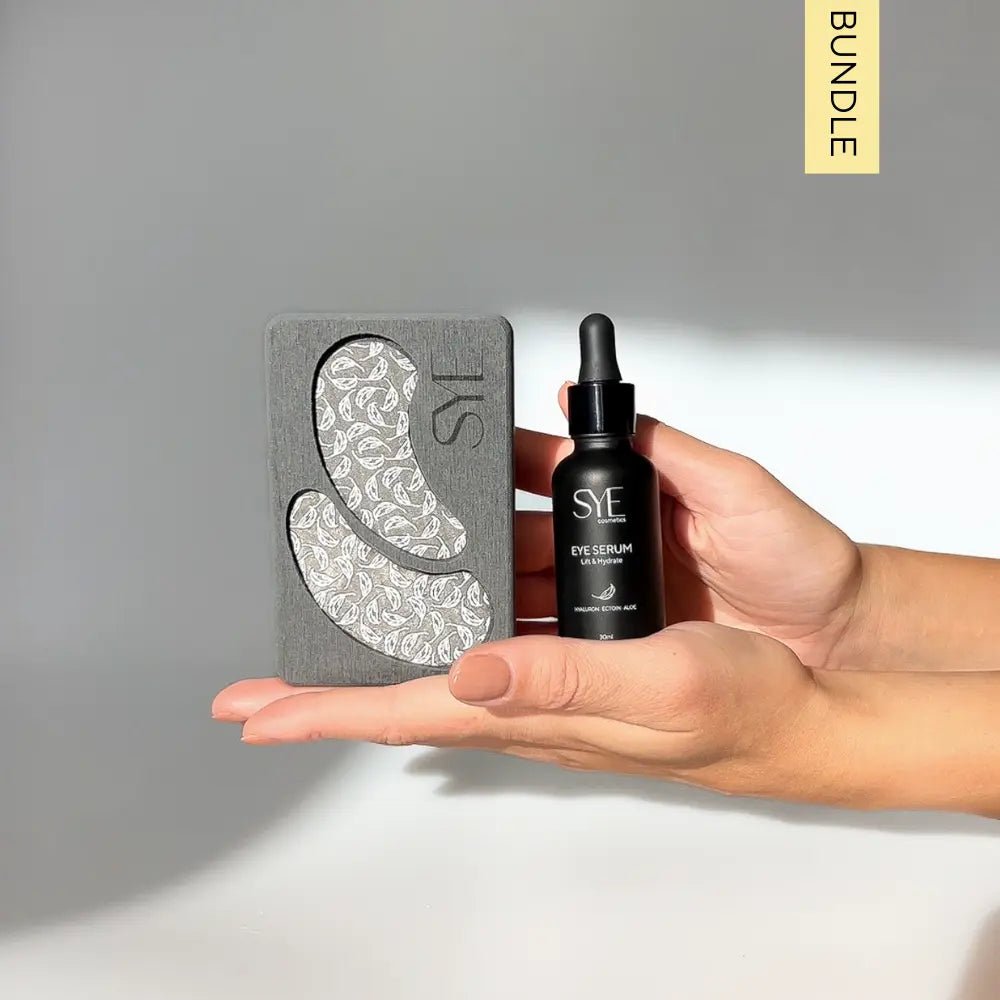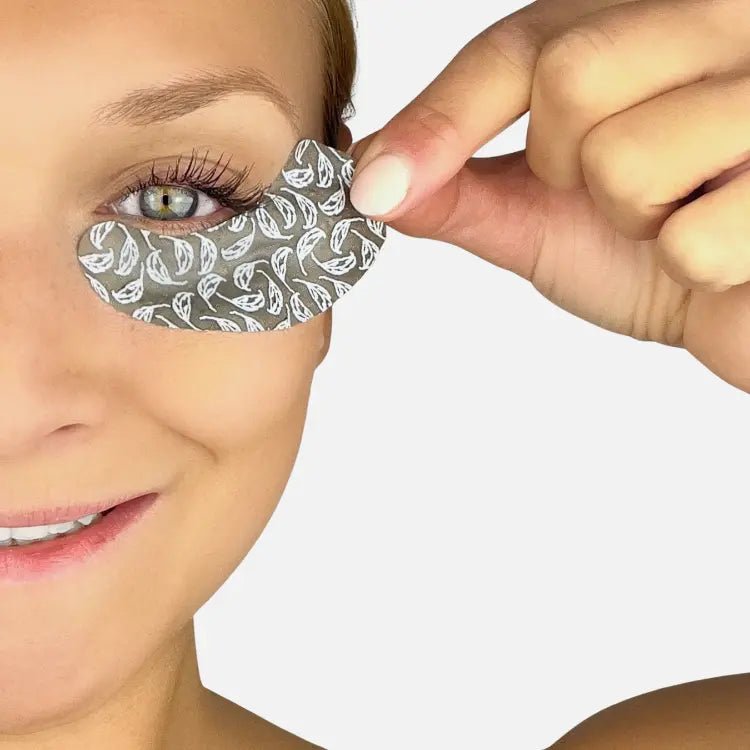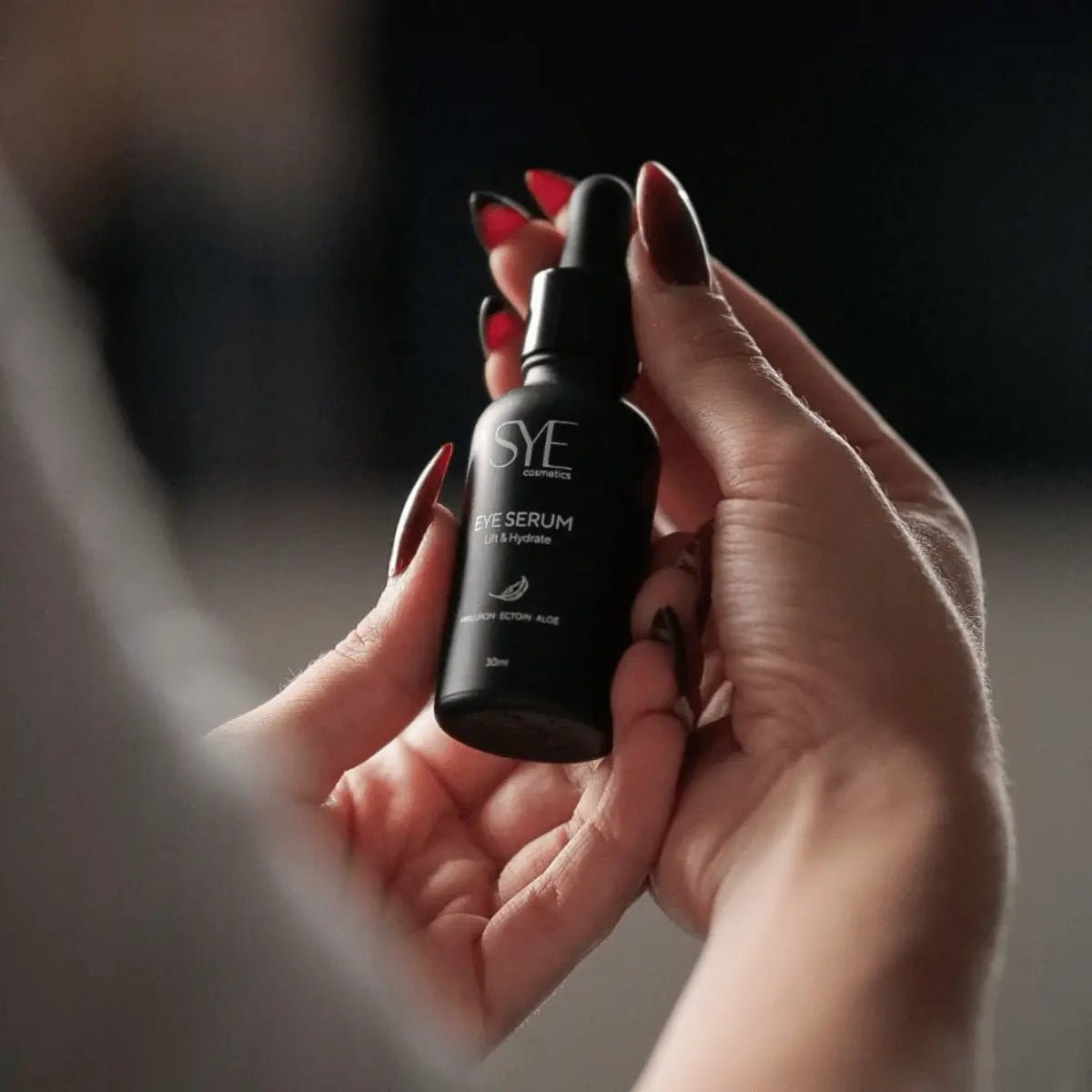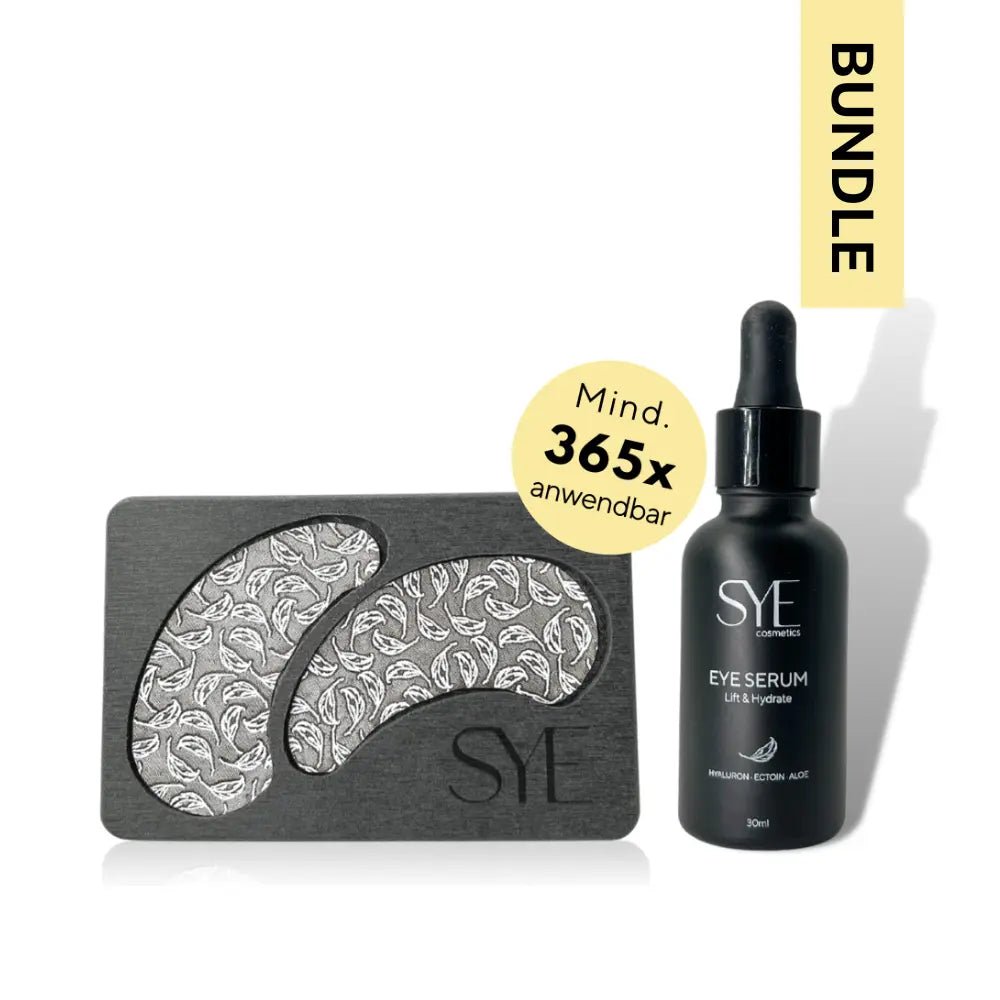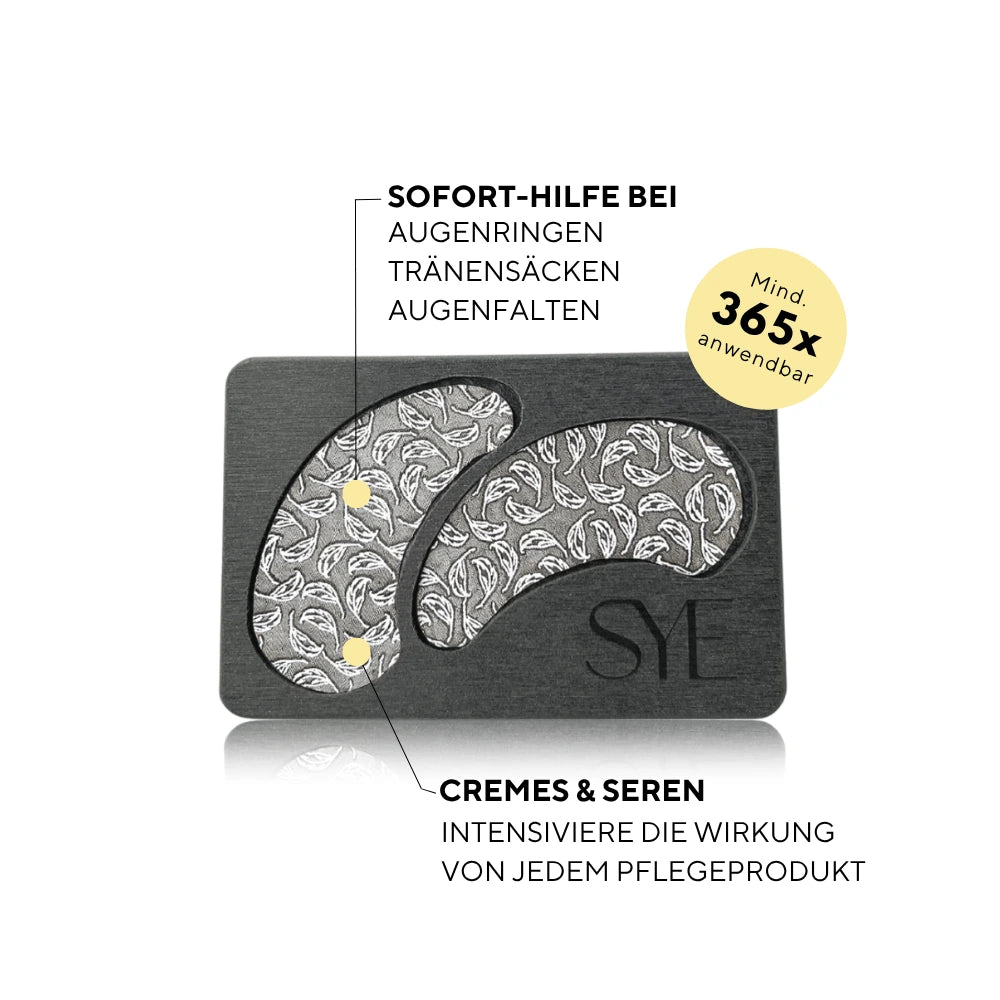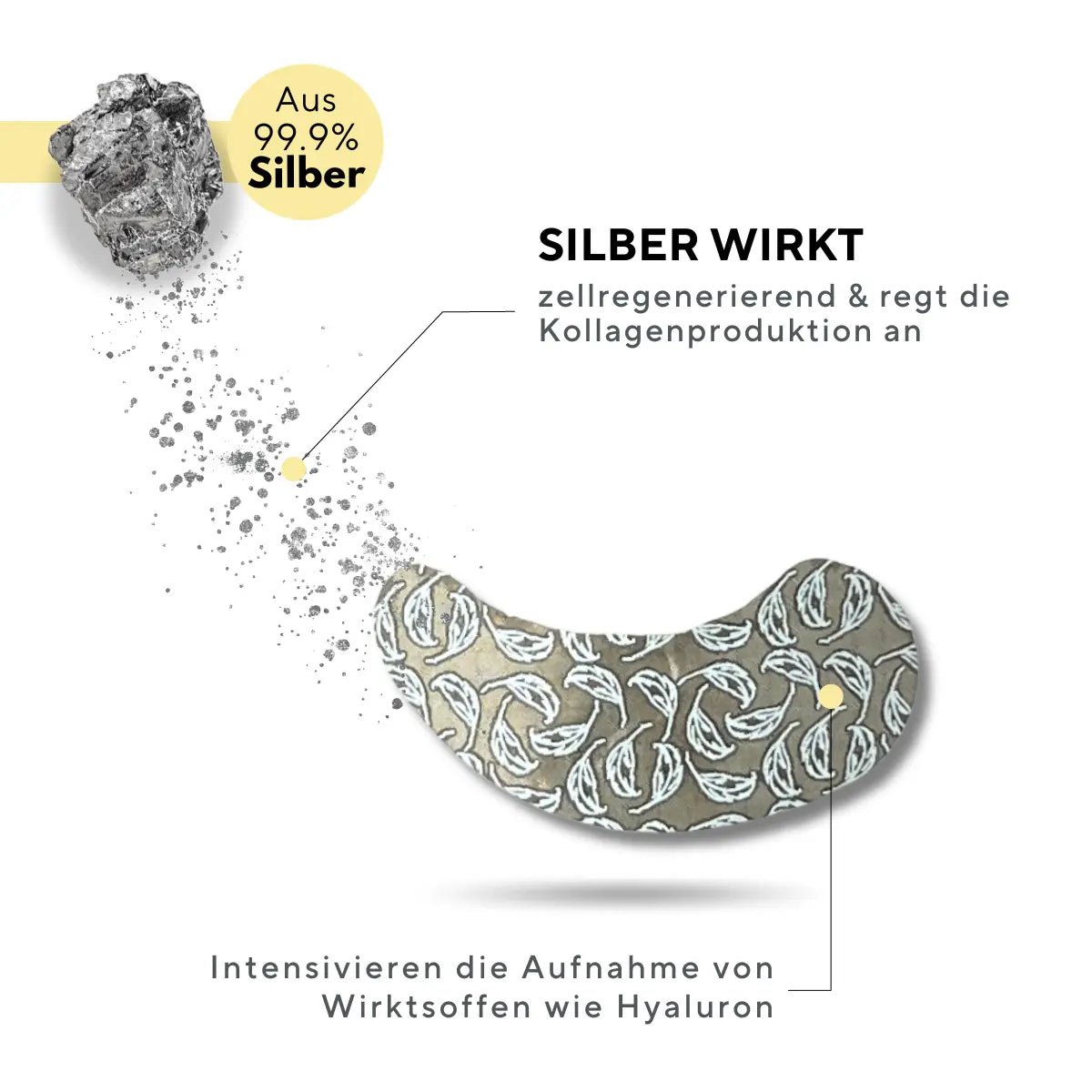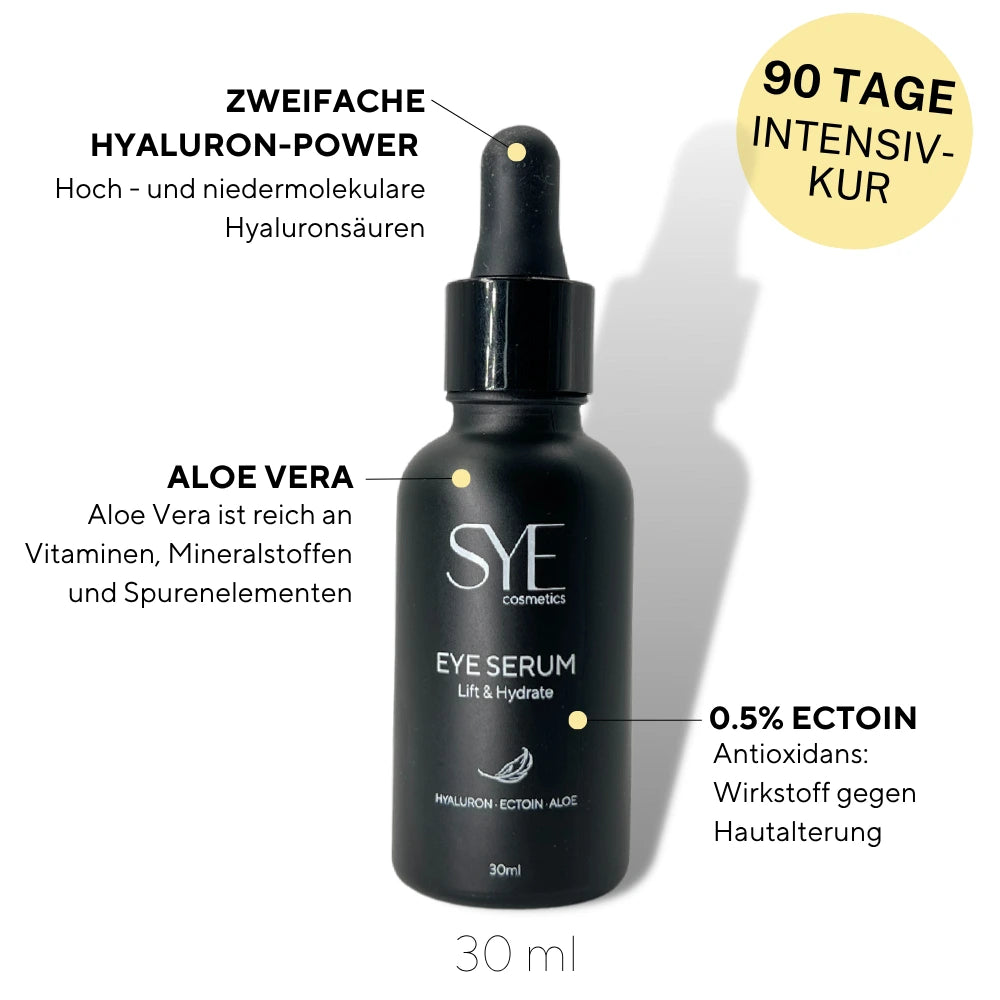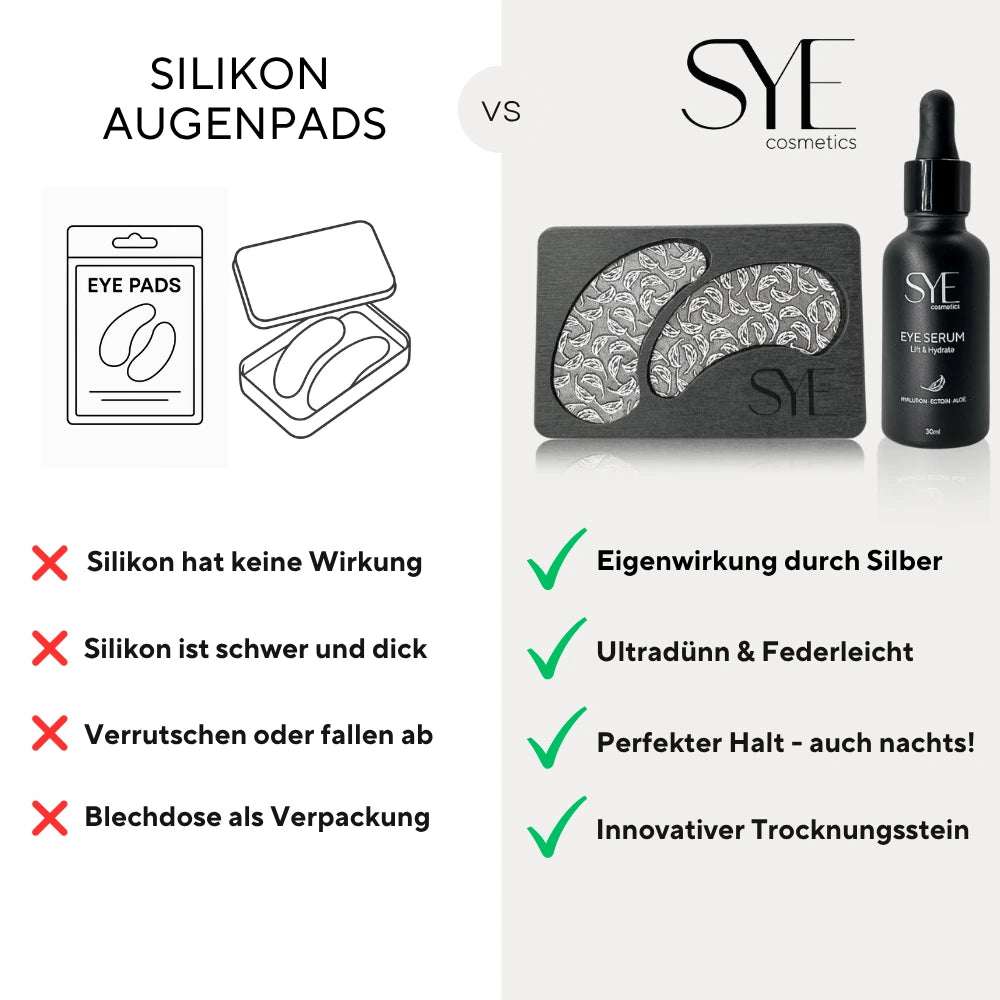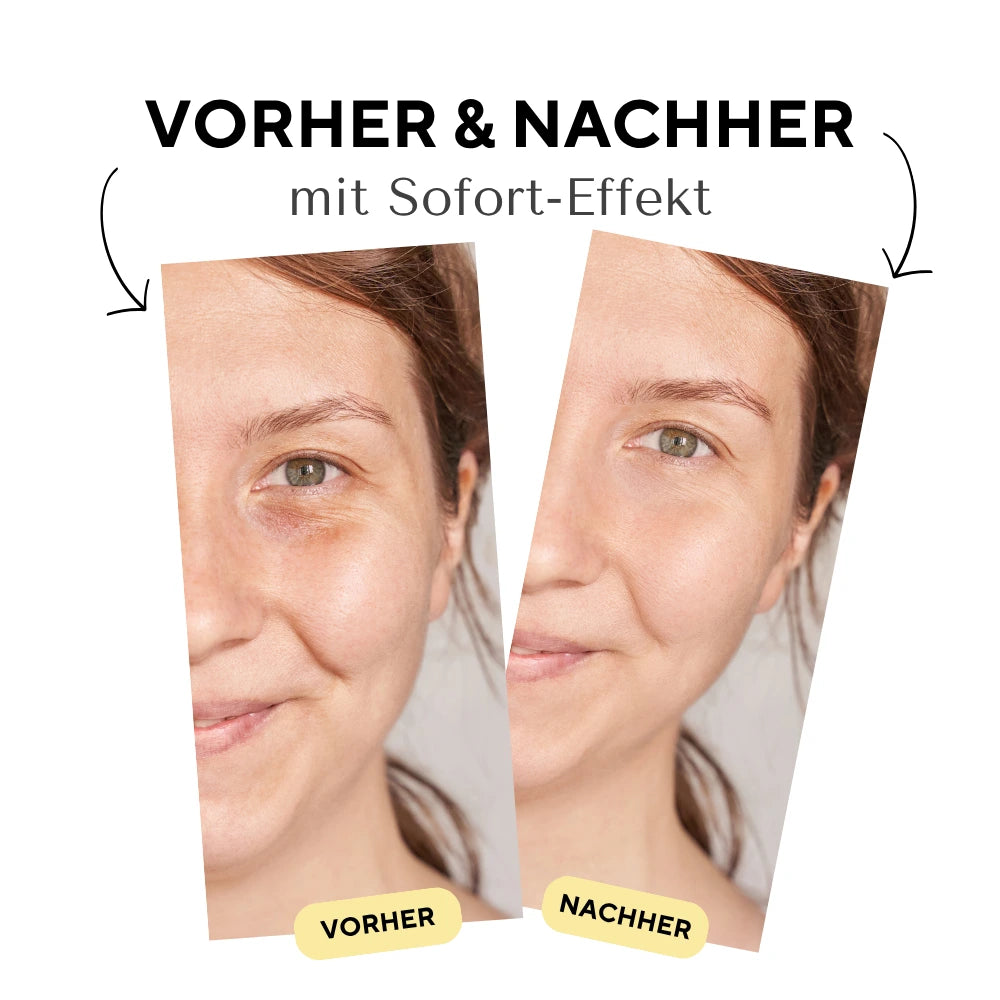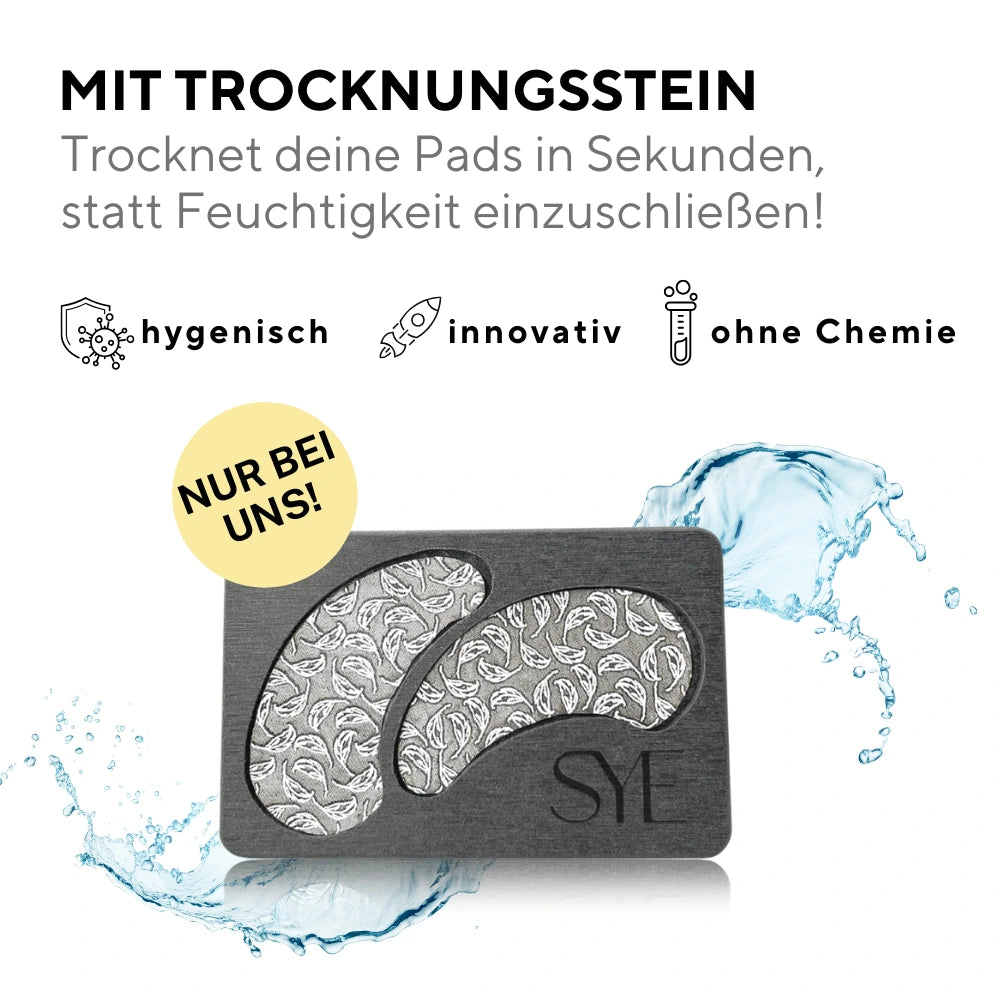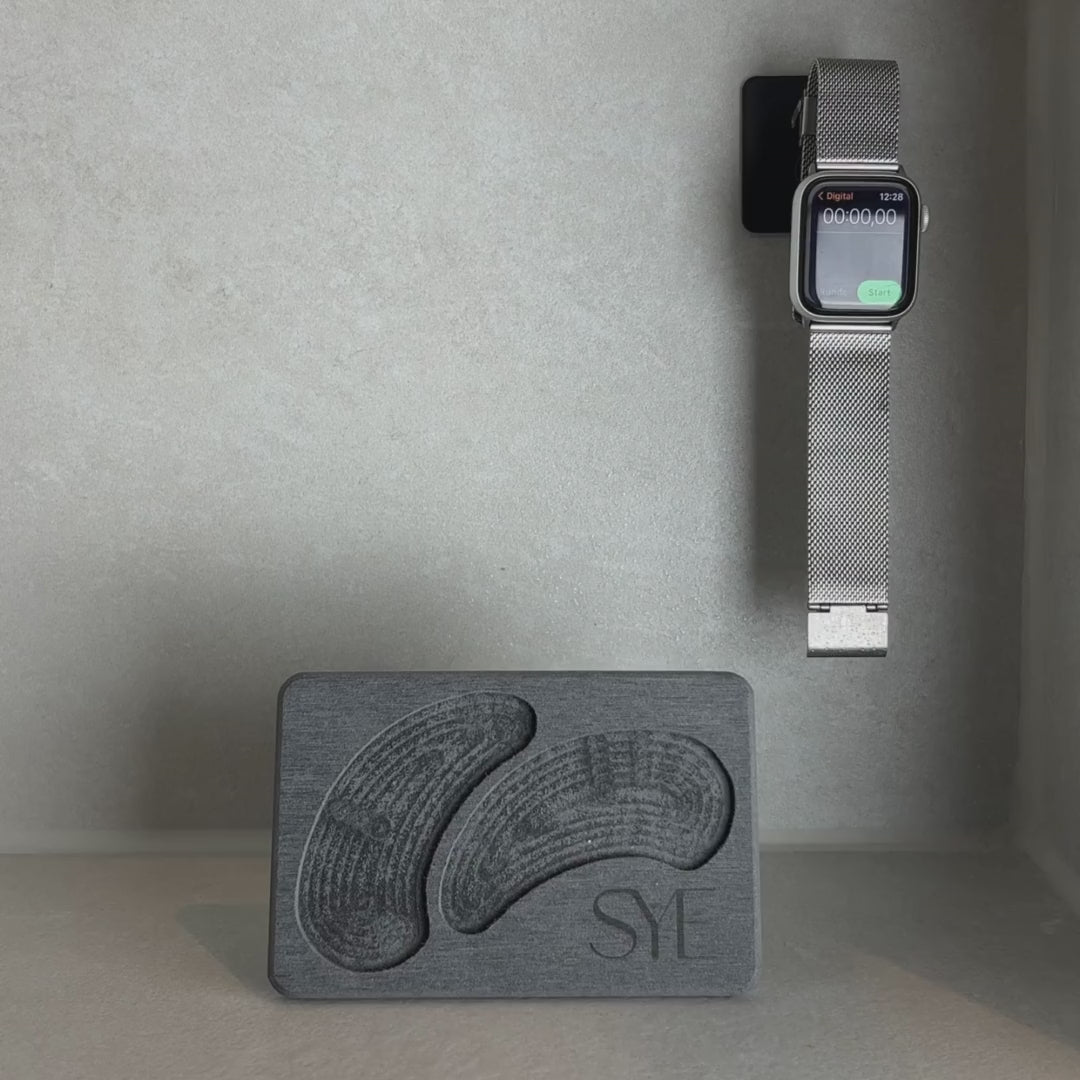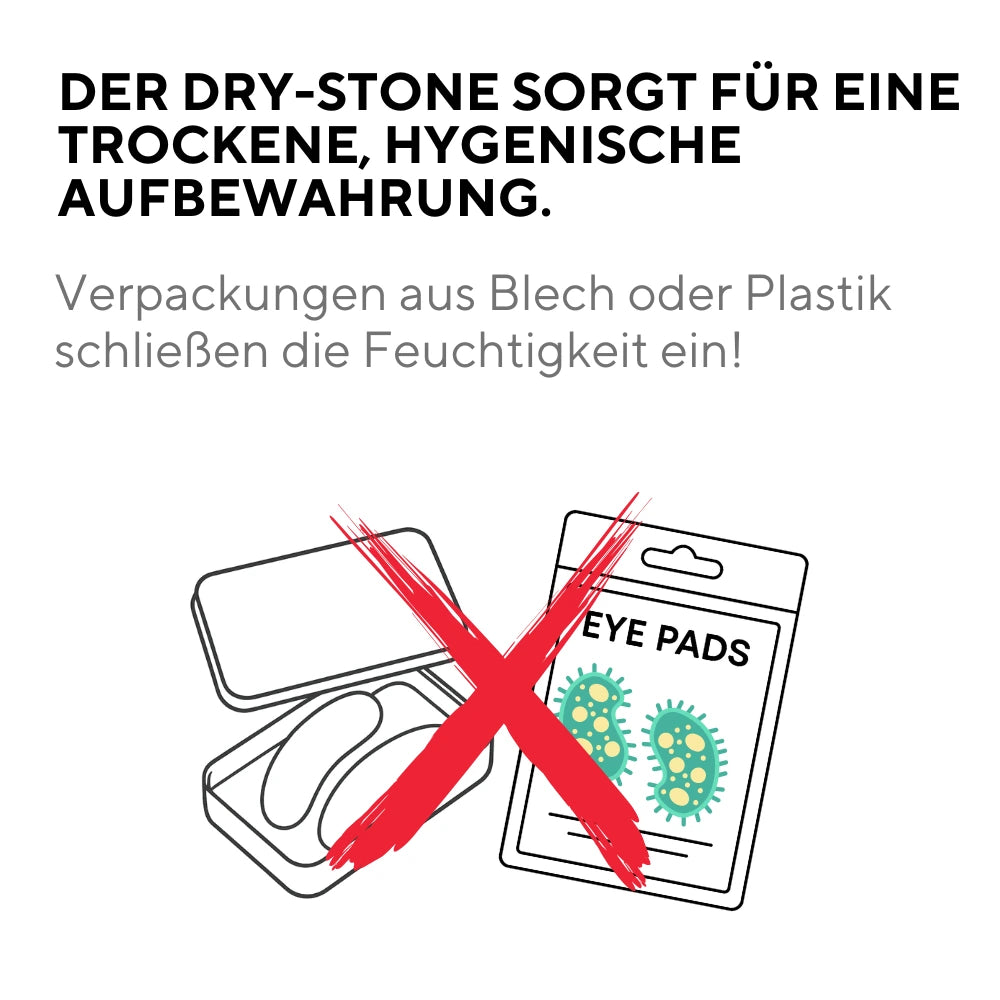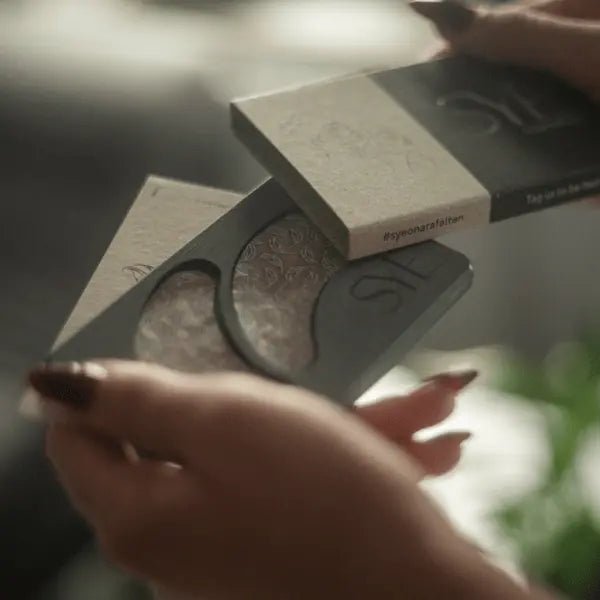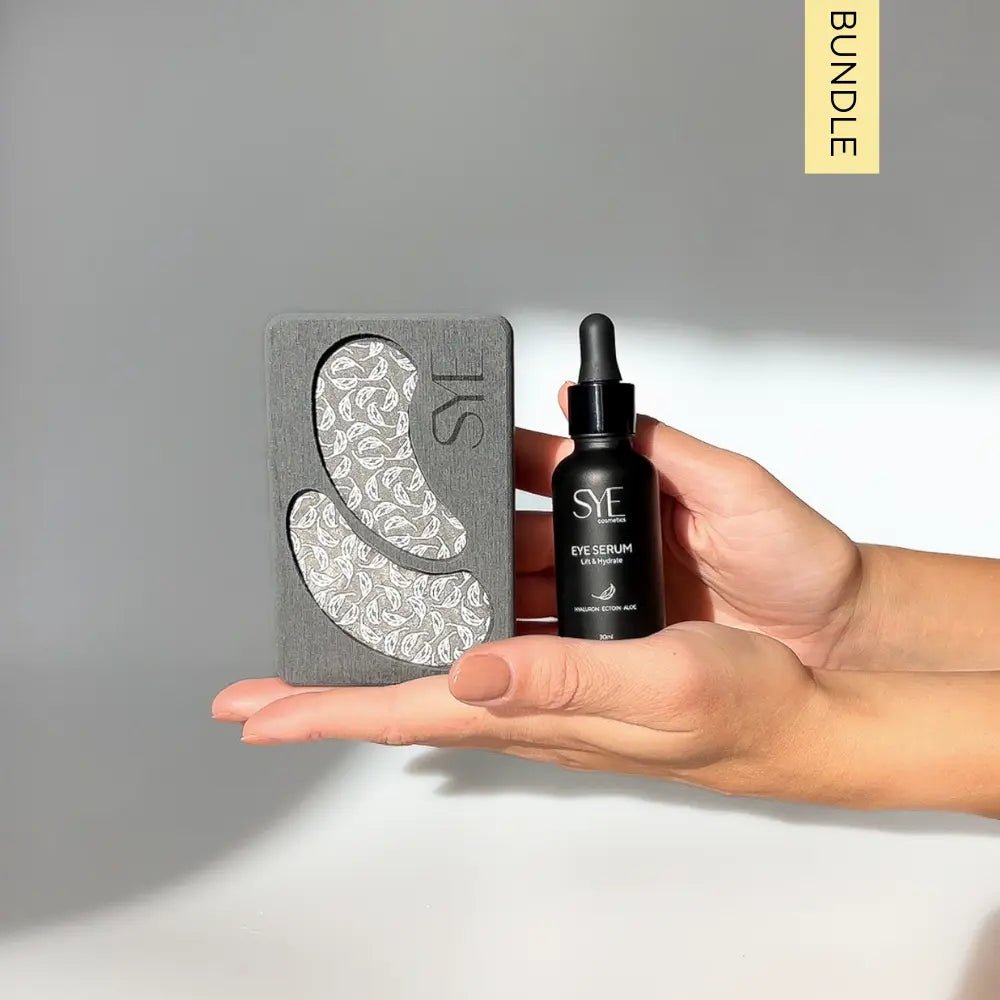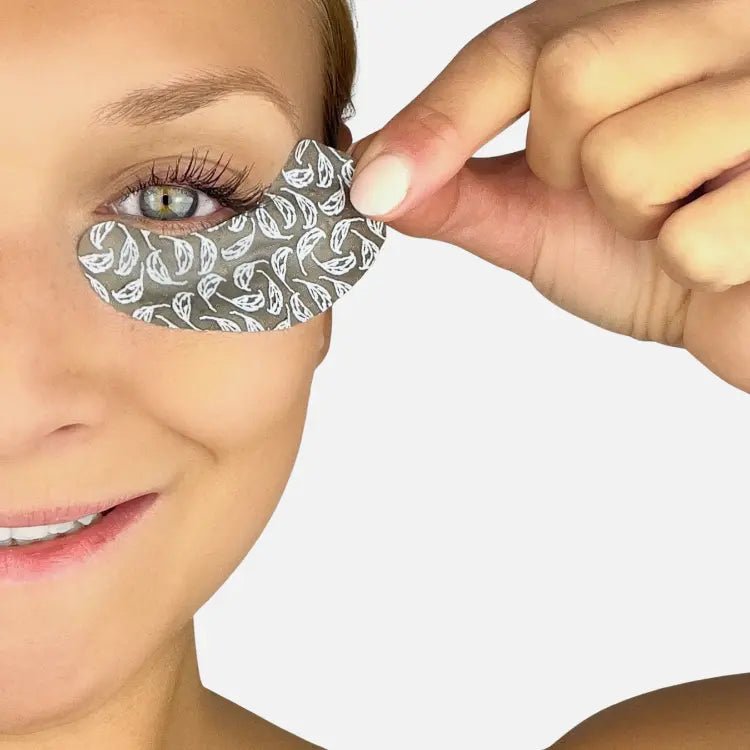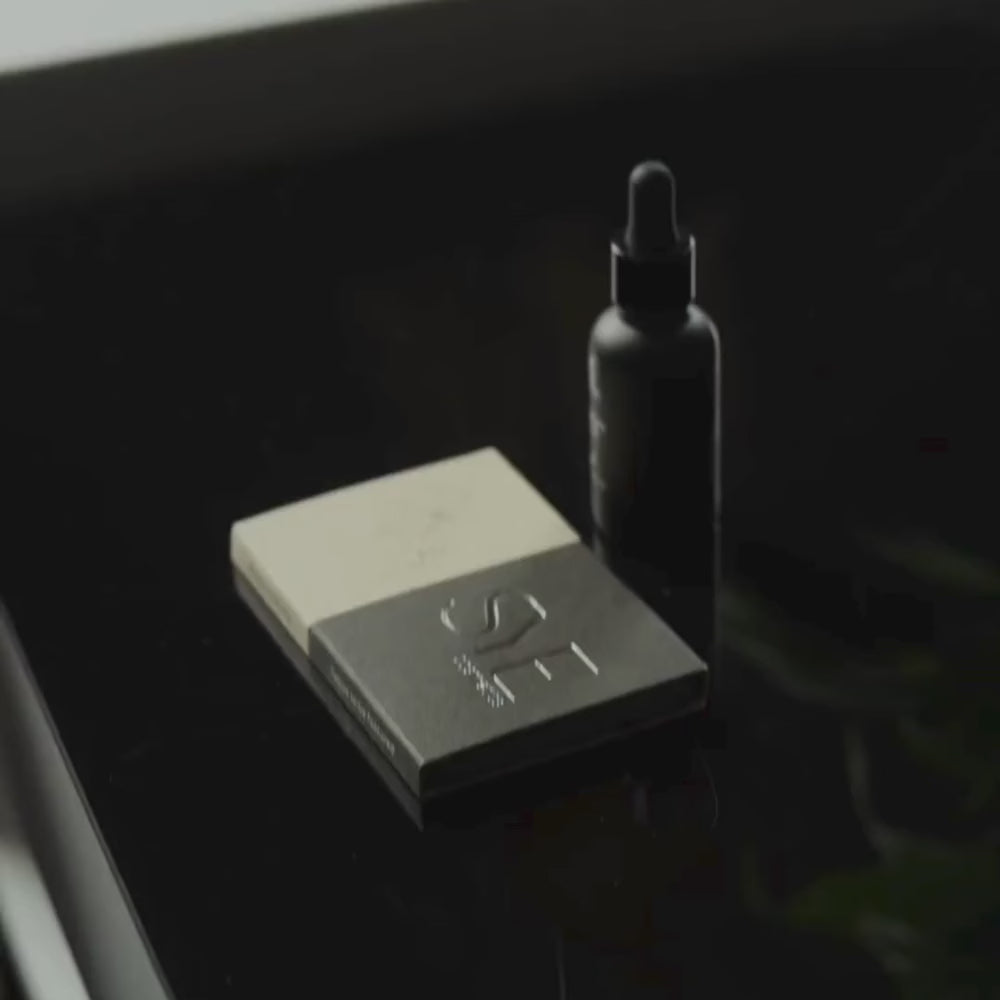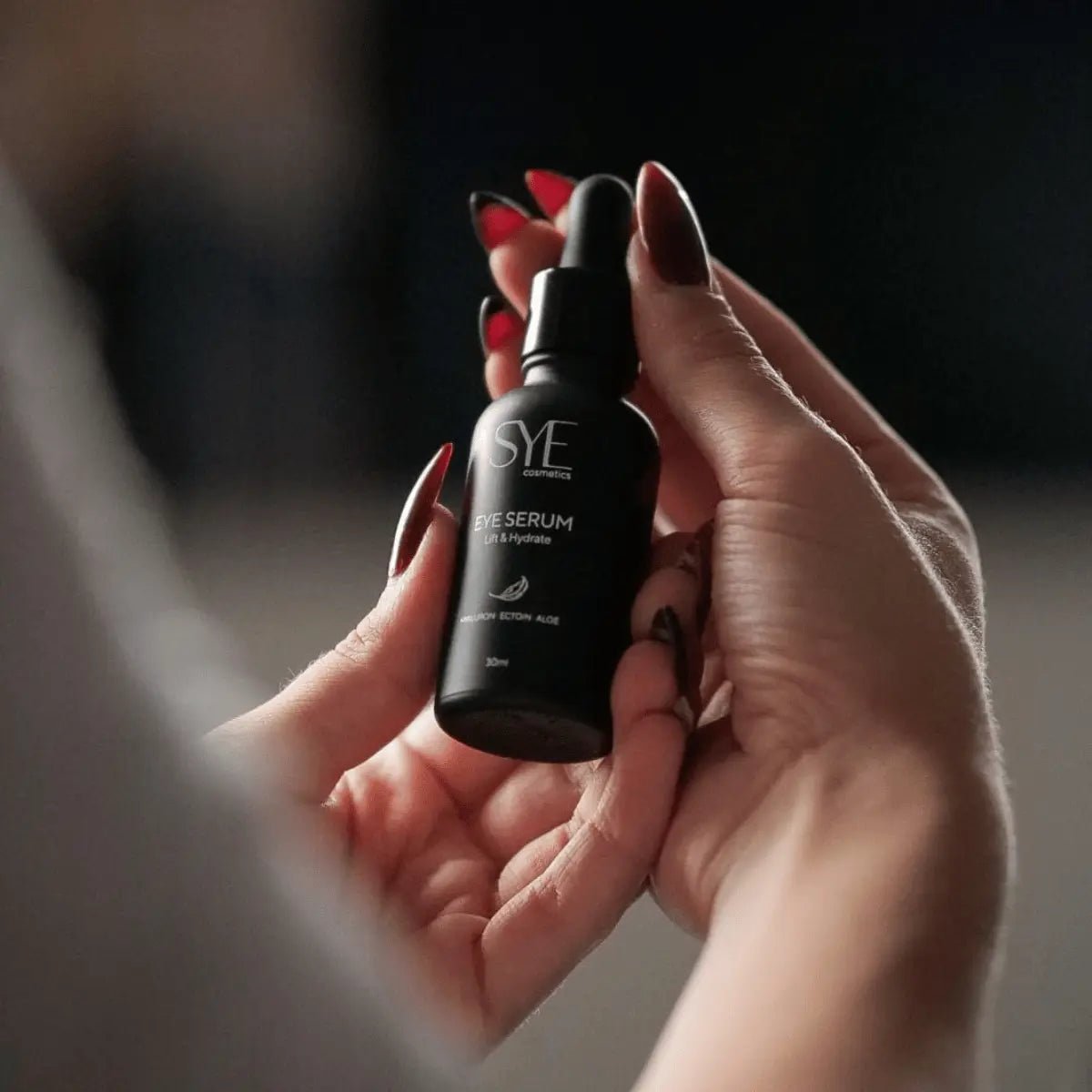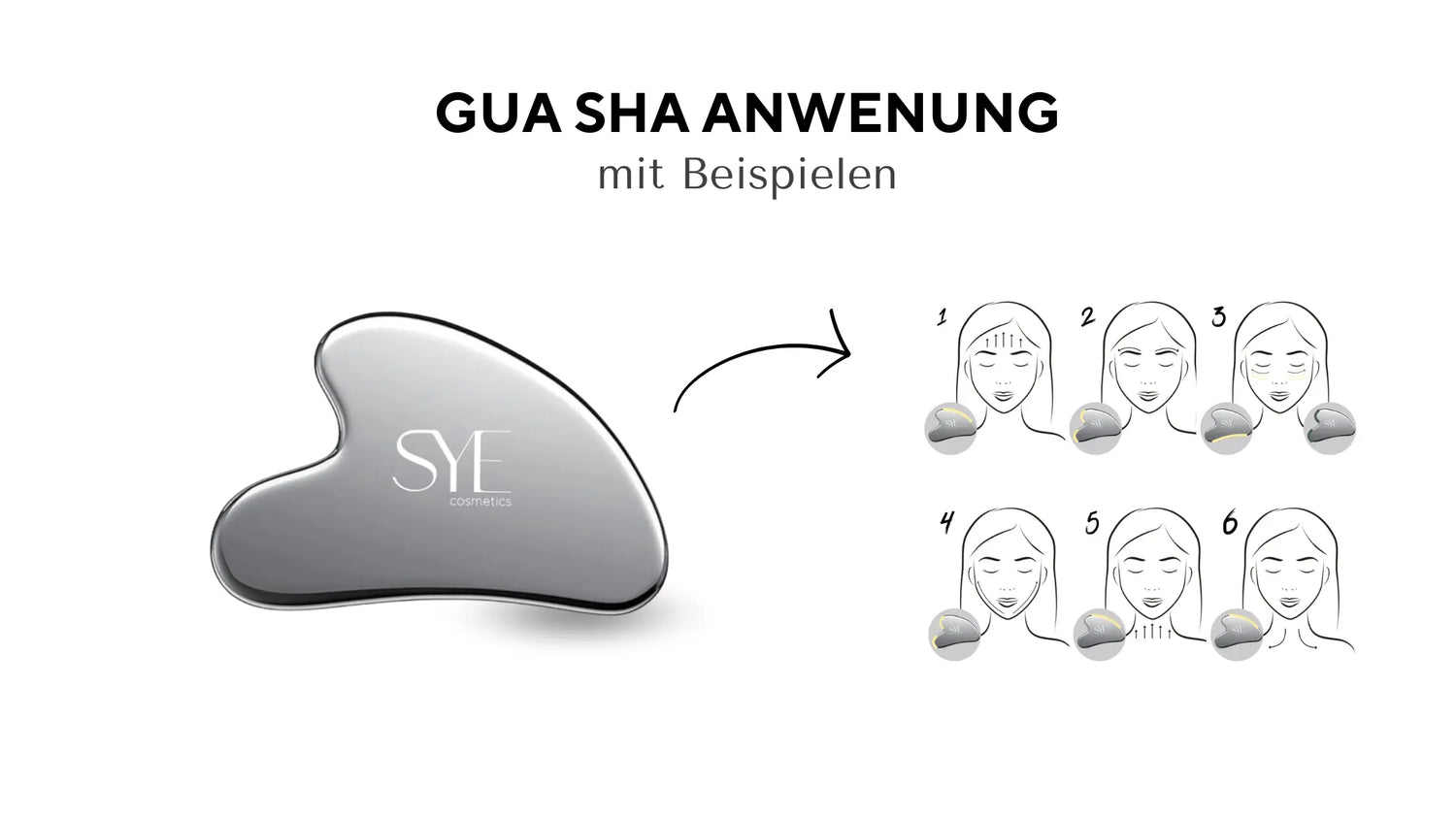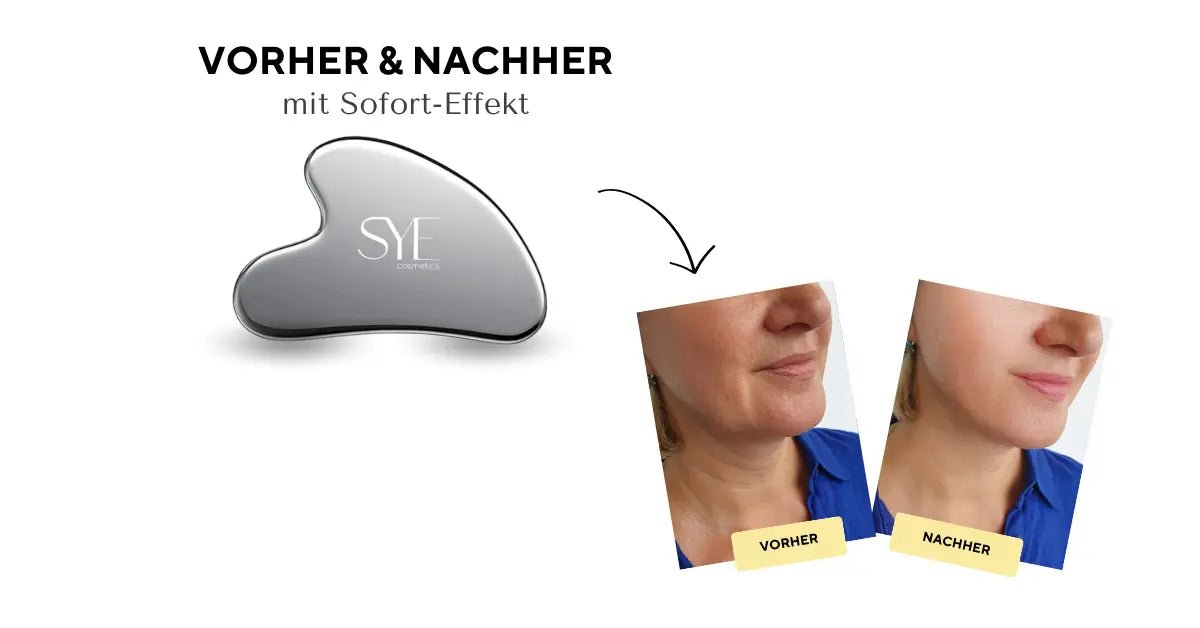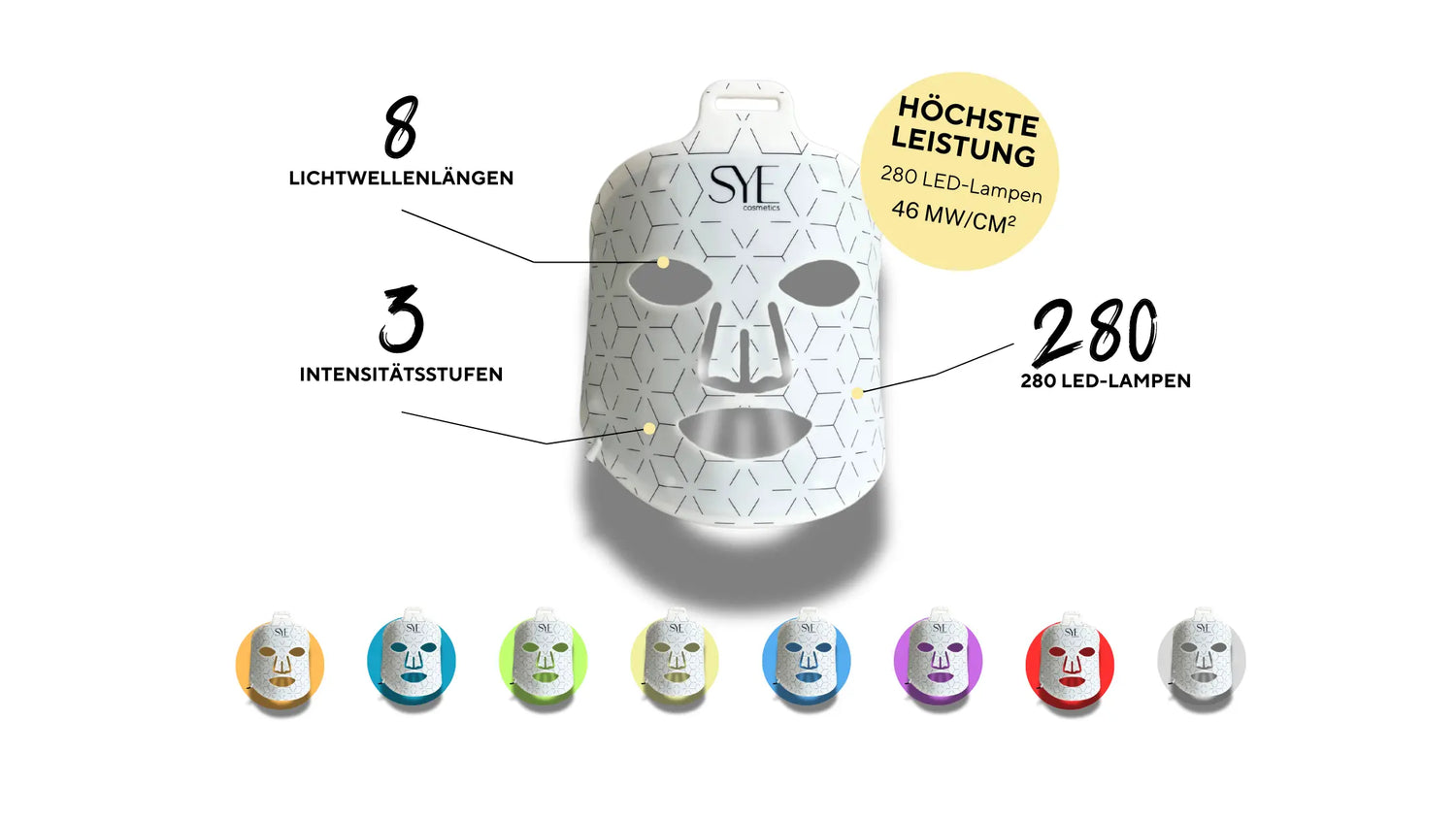What is facial cupping and how do I use the face cups?
Facial cupping is a Chinese beauty technique that has been tried and tested for centuries, also known as cupping, which is slowly conquering Europe as a new treatment method and is finding more and more followers. The method is based on the principle of cupping, in which small glasses are placed on the skin to stimulate the tissue. Facial cupping is a gentler version of cupping specifically designed for the face.
Facial cupping is used to improve circulation, increase skin elasticity and stimulate collagen production. In addition, the lymph flow is stimulated and toxins are expelled. The treatment is designed to make the face appear firmer and more youthful and provides a natural lifting effect. In some beauty salons, this technique is already part of the standard application for facial treatments. Many users report visible results after just a few treatments. Facial cupping can be used on all skin types and is particularly good for people who suffer from dryness, pigment spots or wrinkles.
How does facial cupping work?
With facial cupping, small suction cups are placed on the face and then gently pulled over the face with gliding movements. This stimulates blood circulation and the skin becomes firmer and more elastic. But how exactly does facial cupping work? The small suction cups that are placed on the face are provided with a kind of negative pressure. This negative pressure causes the vessels in the skin to dilate. In this way, more blood is transported to the skin and blood circulation is stimulated.
Applying facial cupping is relatively simple and straightforward. First of all, it is important to cleanse the face thoroughly and prepare it with a facial oil. Then the Face Cup is gently squeezed and placed on the face. Releasing the silicone ball creates a slight negative pressure, the face cup sticks to the face.
Now the face cup is pulled over the face with gliding movements. Facial cupping can be used on both dry and oily skin. However, the treatment should not be carried out more than two to three times a week in order not to strain the skin too much.
What advantages does facial cupping have?
Facial cupping is a great way to tighten the face and rejuvenate the skin. There are many benefits associated with facial cupping. Some of these advantages are:
1. Facial cupping: Reduction of Wrinkles and Expression Lines: Facial cupping can help reduce wrinkles and expression lines. Massaging the face stimulates blood circulation, which in turn promotes the production of collagen and elastin. Collagen and elastin are important proteins responsible for the skin's strength and elasticity.
2. Reduce Dark Circles: Facial cupping can also help reduce dark circles. Massaging the face helps reduce swelling and stimulate blood circulation. This, in turn, helps reduce shadows under the eyes.
3. Face lift: Facial cupping can also help lift the face and make it appear more toned. The skin is tightened by massaging the face and a lifting-like effect can occur.
4. Reduction of subcutaneous fat: Facial cupping can also help prevent subcutaneous fat. The massage of the face stimulates blood circulation, which in turn stimulates the metabolism , which is important to prevent subcutaneous fatty tissue.
5. Improving Skin Quality: Facial cupping can also help improve overall skin quality. By massaging the face, the skin is better supplied with blood, which in turn improves its elasticity. The improved blood circulation also helps flush out toxins better, making the skin appear cleaner and firmer overall.
Should you try it?
Yes! Because facial cupping is a fast, effective and painless method to tighten the face, smooth the skin and improve blood circulation. It is ideal for all skin types and can also be used on sensitive skin. Facial cupping is a great alternative to botox and other invasive treatments and can help improve the appearance of skin significantly.



